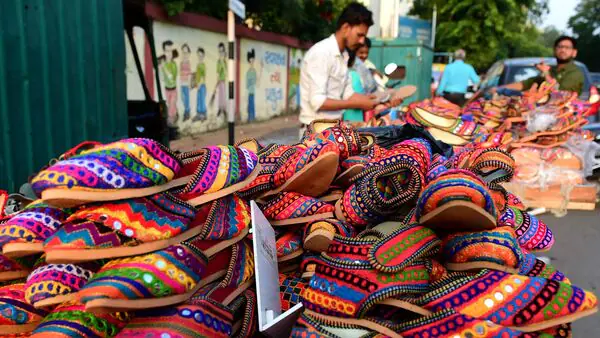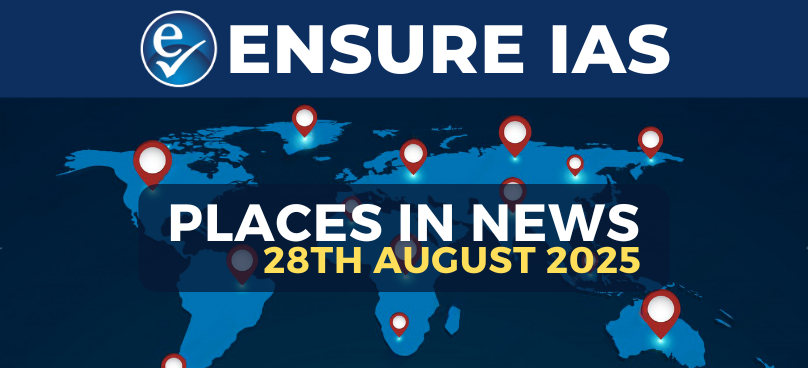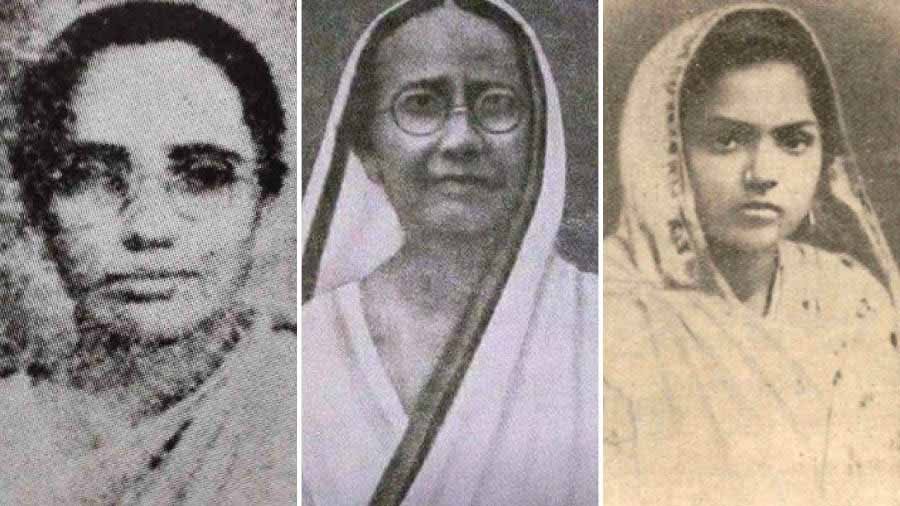Why in the News?
- The Union Cabinet has approved the restructuring and extension of the Prime Minister Street Vendor’s AtmaNirbhar Nidhi (PM SVANidhi) Scheme beyond its earlier deadline of 31st December 2024, extending it till 31st March 2030.
- The extension comes with an enhanced outlay of ₹7,332 crore, aiming to include 15 crore beneficiaries, including 50 lakh new entrants, ensuring long-term support for urban street vendors.
Key Highlights
- Extended Timeline and Outlay
- Scheme period extended from December 2024 to March 2030.
- Financial outlay: ₹7,332 crore.
- Target beneficiaries: 15 crore, including new street vendors.
- Expanded Coverage
- Initially limited to statutory towns.
- Now extended in a graded manner to census towns and peri-urban areas.
- Enhanced Credit Facility
- First tranche loan: Increased to ₹15,000 (from ₹10,000).
- Second tranche loan: Increased to ₹25,000 (from ₹20,000).
- The third tranche remains unchanged at ₹50,000.
- Introduction of UPI-linked RuPay Credit Card after repayment of second loan, providing instant access to credit for business and personal needs.
- Digital Adoption and Incentives
- Cashback incentives up to ₹1,600 on retail and wholesale digital transactions.
- Encouragement of digital payments, building on the fact that 47 lakh vendors are already digitally active, having conducted 557 crore transactions worth ₹6.09 lakh crore.
- Holistic Socio-Economic Development
- Capacity building: Entrepreneurship, financial literacy, digital skills, and marketing support.
- Street food vendors to undergo hygiene and food safety training in collaboration with FSSAI.
- Strengthening of ‘SVANidhi se Samriddhi’ initiative: Monthly Lok Kalyan Melas to ensure saturation of government scheme benefits for vendors and their families.
| Statutory Towns
1. A statutory town is an area that has been officially notified and administered as a municipality, corporation, cantonment board, or notified town area committee under a state or union territory law. 2. In simple words, these are towns that have a legal municipal body. 3. Example: Delhi, Bengaluru, Indore (all governed by municipal corporations). Census Towns 1. A census town is identified during the Census of India based on certain criteria, even though it may not have a municipal body. 2. Criteria (as per Census 2011): a. Population of at least 5,000. b. At least 75% of the male main working population engaged in non-agricultural activities. c. Population density of at least 400 persons per sq. km. 3. These towns are urban in character but rural in governance (they are still governed by gram panchayats, not municipalities). Peri-urban Towns 1. Peri-urban means the transition zone between rural and urban areas, often located on the outskirts of major cities. 2. They are influenced by urban growth—showing features of both villages and towns. 3. Common characteristics: a. Rapid land-use change (agricultural land converted to housing/industries). b. Migrant populations and mixed livelihoods. c. Lack of full urban infrastructure or governance. 4. Example: Areas around Gurugram (Haryana) or Greater Noida (Uttar Pradesh) developed as peri-urban regions. |
Implications
- Financial Empowerment
- Enhanced loan limits and credit card access will provide vendors with greater working capital.
- Long-term availability of affordable credit will reduce dependence on informal moneylenders.
- Digital and Financial Inclusion
- Expansion of UPI-linked RuPay Credit Cards and cashback incentives will deepen digital transaction culture.
- Vendors gain formal financial identity, improving their access to broader credit and banking facilities.
- Socio-Economic Upliftment
- Training in entrepreneurship, financial literacy, and food safety will improve vendors’ income prospects and business sustainability.
- Family welfare ensured through integration with other GoI schemes via Lok Kalyan Melas.
- Urban Transformation
- Street vendors’ empowerment leads to vibrant and self-sustaining urban economies.
- Better hygiene standards and regulated vending improve urban consumer experience.
- Long-Term Policy Significance
- Extending the scheme till 2030 reflects the government’s commitment to inclusive growth.
- Provides a replicable model of urban livelihood promotion, financial inclusion, and digital empowerment.
Challenges and Way Forward
| Challenges | Way Forward |
| Limited awareness among street vendors about credit facilities and digital tools. | Strengthen awareness campaigns, community engagement, and use grassroots organizations for outreach. |
| Risk of loan defaults as credit amounts increase. | Ensure financial literacy training, phased lending, and strong repayment monitoring mechanisms. |
| Digital divide may leave behind vendors who lack smartphones or digital literacy. | Provide digital training workshops and support for low-cost smartphones/UPI access. |
| Difficulty in expanding coverage to peri-urban areas with weaker institutional presence. | Strengthen collaboration between MoHUA, DFS, and Urban Local Bodies for effective ground-level implementation. |
| Ensuring convergence of multiple government welfare schemes under Lok Kalyan Melas. | Develop integrated beneficiary databases and adopt a saturation approach through better coordination across ministries. |
Conclusion
The restructuring and extension of the PM SVANidhi Scheme till 2030 marks an important step in ensuring financial inclusion, digital empowerment, and holistic socio-economic development of street vendors. By providing enhanced credit facilities, expanding coverage, and linking with welfare schemes, the government seeks to transform urban vendors into active partners of inclusive economic growth. However, addressing awareness gaps, digital literacy, and effective implementation will be crucial to realize its full potential.
| Ensure IAS Mains Question
Q. The restructuring and extension of PM SVANidhi Scheme till 2030 reflects the government’s approach towards inclusive urban development. Critically analyze its key features, implications, and challenges. (250 words) |
| Ensure IAS Prelims Question
Q. Consider the following statements regarding the restructured PM SVANidhi Scheme (2025): 1. The lending period of the scheme has been extended till March 31, 2030. 2. The scheme now provides enhanced loan tranches, with the first loan increased to ₹15,000 and the second loan to ₹25,000. 3. Beneficiaries who successfully repay the second loan will be eligible for a UPI-linked RuPay Credit Card. 4. The scheme is limited only to statutory towns, as originally launched in 2020. Which of the statements given above are correct? a) 1 and 2 only b) 1, 2 and 3 only c) 2, 3 and 4 only d) 1, 2, 3 and 4 Answer: b) 1, 2 and 3 only Explanation: Statement 1 is correct: The Union Cabinet approved the extension of PM SVANidhi from its earlier deadline of 31st December 2024 to 31st March 2030. Statement 2 is correct: The first tranche loan was increased from ₹10,000 to ₹15,000, and the second tranche loan from ₹20,000 to ₹25,000. The third tranche remains at ₹50,000. Statement 3 is correct: To promote digital adoption and immediate access to credit, the restructured scheme provides UPI-linked RuPay Credit Cards to vendors who repay the second loan. Statement 4 is incorrect: While the scheme was initially limited to statutory towns in 2020, it has now been expanded in a graded manner to cover census towns and peri-urban areas as well. |





